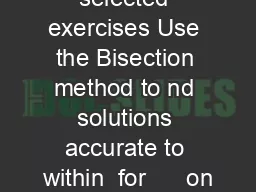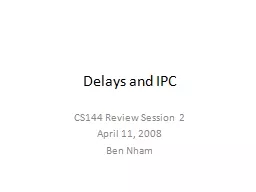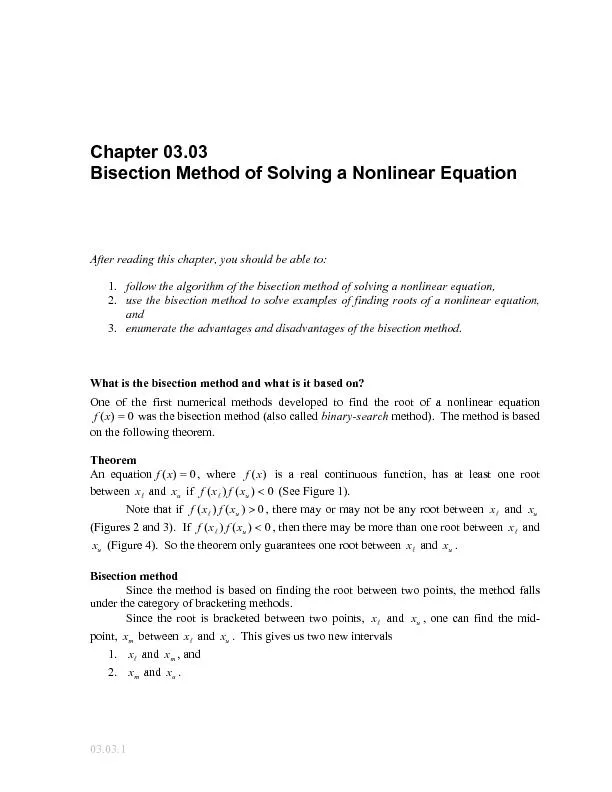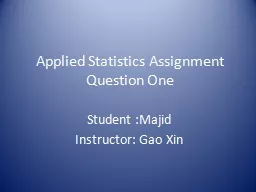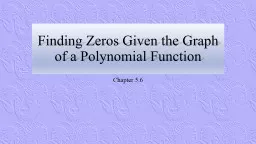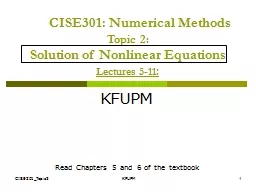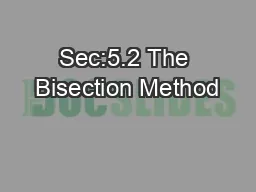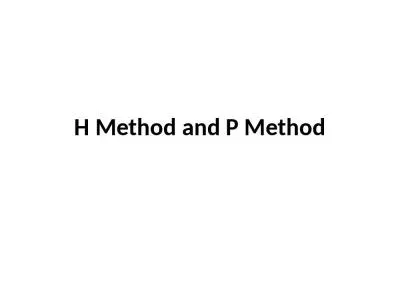PPT-Root Finding: Bisection Method
Author : kittie-lecroy | Published Date : 2015-10-27
Dr Marco A Arocha Aug 2014 1 Roots Roots problems occur when some function f can be written in terms of one or more dependent variables x where the solutions
Presentation Embed Code
Download Presentation
Download Presentation The PPT/PDF document "Root Finding: Bisection Method" is the property of its rightful owner. Permission is granted to download and print the materials on this website for personal, non-commercial use only, and to display it on your personal computer provided you do not modify the materials and that you retain all copyright notices contained in the materials. By downloading content from our website, you accept the terms of this agreement.
Root Finding: Bisection Method: Transcript
Download Rules Of Document
"Root Finding: Bisection Method"The content belongs to its owner. You may download and print it for personal use, without modification, and keep all copyright notices. By downloading, you agree to these terms.
Related Documents


